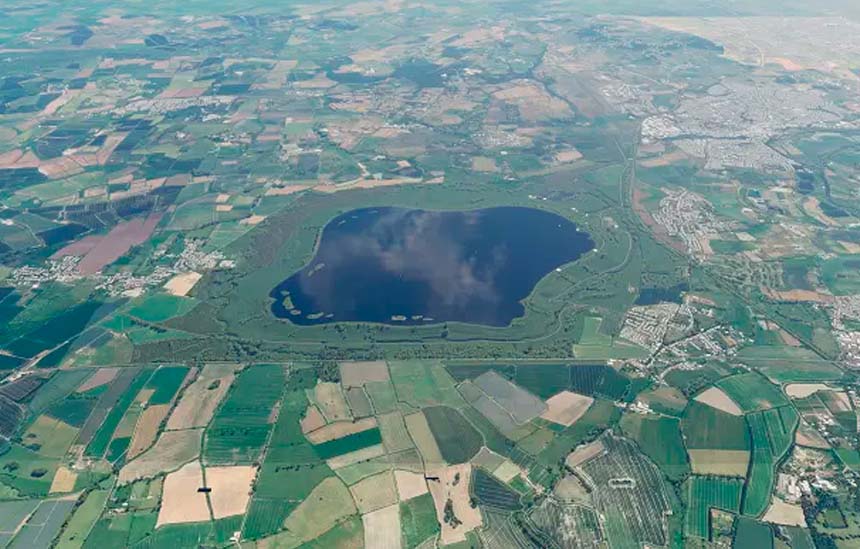- Early engagement will ensure a pipeline of capable suppliers are ready to bid for contracts as soon as they are released for competition
- The initial focus is on earthworks, but the wider supply chain is now also encouraged to register their interest in bidding for future work
- Thames Water forecasts that across London and the Thames Valley it will need an extra 1 billion litres of water every day by 2050 – enough to fill 400 Olympic sized swimming pools.
- The consequences of not investing in a new reservoir could be to the detriment of millions of people, the environment, and the economy
Companies interested in delivering the major earthworks programme for Thames Water’s proposed new reservoir in Oxfordshire are invited to take part in a supplier engagement exercise.
The reservoir, known as SESRO (South East Strategic Reservoir Option), is a nationally significant infrastructure project that would guarantee the water supply of 15 million people across the South East, serving Thames Water, Southern Water and Affinity Water customers.
Ground investigations, embankment trials and environmental surveys are already underway, under carefully controlled conditions, at the proposed site for the reservoir near Abingdon. The fieldwork programme will help to inform an application for development consent to the Planning Inspectorate in 2026.
Indicative designs and an interim master plan for the new reservoir, which has a capacity of up to150 million cubic metres (150 Mm3) and a surface area of approximately seven square kilometres (7km2), are currently subject to a 12-week public consultation which will close on 28th August 2024.
If Development Consent is granted in 2028, construction is expected to start in 2029.
Thames Water’s supply chain and procurement team is now beginning the process of engaging interested businesses to outline the broad range of contract opportunities that will stem from the proposed construction programme.
For the critical excavation element, the scale of opportunity for companies that specialise in earthworks and heavy plant machinery is significant. It is estimated that around 45 million cubic metres (45 Mm3) of material will be excavated and moved to build the reservoir’s embankment structures, which range in height between approximately 15 and 25 metres. The majority of the earthworks are expected to be carried out across six main summer working seasons (March to October).
Mohit Farmah, Head of Procurement and Supply Chain at Thames Water said:
“It’s vital that we start talking to businesses now about the opportunities that could be coming their way. Early engagement will ensure we have a pipeline of interested companies in place and ready to bid for contracts as soon as they are released.
“If SESRO is approved for construction, it will generate hundreds of new contract opportunities for businesses to capitalise on.”
As an initial step, companies with an interest in delivering the proposed earthworks programme are invited to complete a short market sounding questionnaire. A market brief, which provides further information on the SESRO earthworks programme, and the accompanying questionnaire can be found here or at SESRO_EME_Earthworks_Market_Brief_July_2024.pdf (smartsurvey.io). Thames Water is seeking responses by the 30 August 2024.
Thames Water is also conducting future market engagement for SESRO and its wider portfolio of major infrastructure projects. To find out more, and to register your company’s details, click or visit https://www.smartsurvey.co.uk/s/Thames_Water_SRO_Market_Engagement_Registration/

